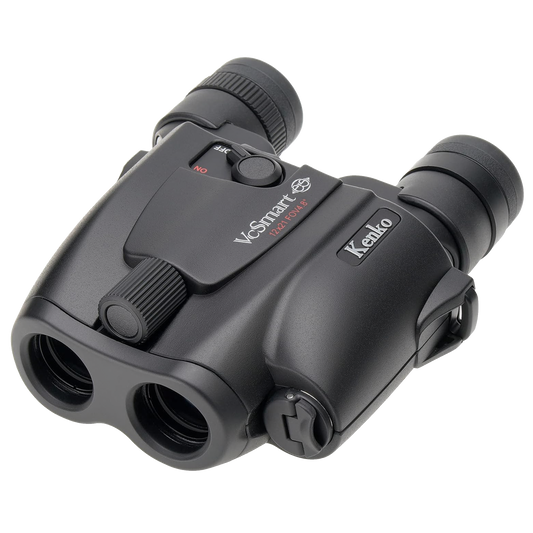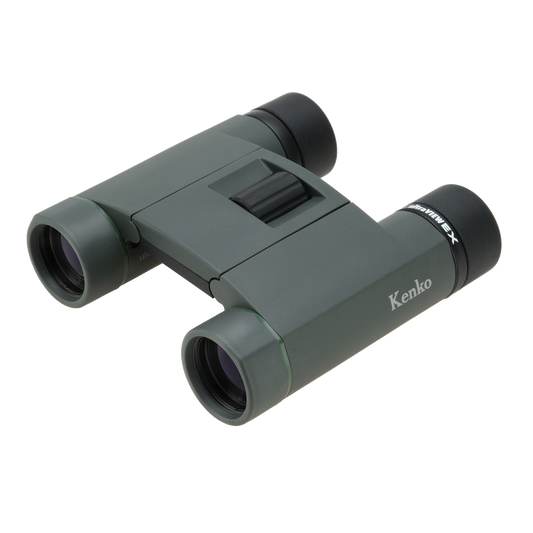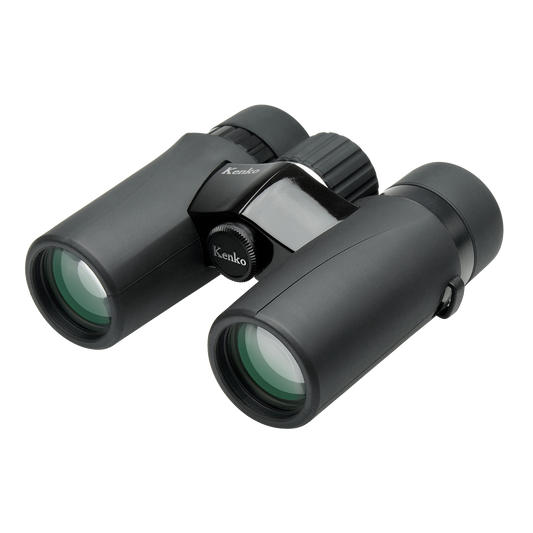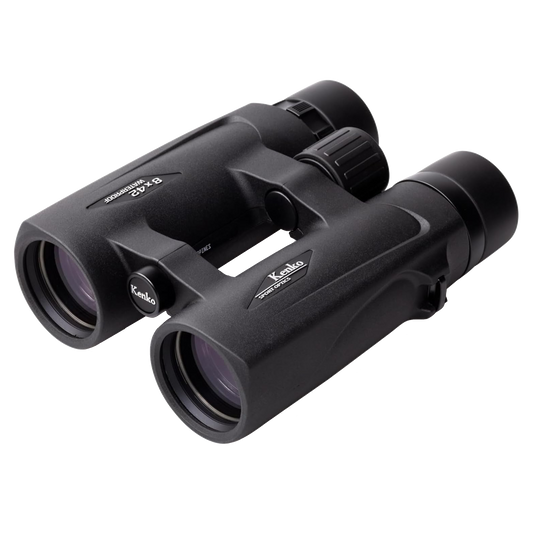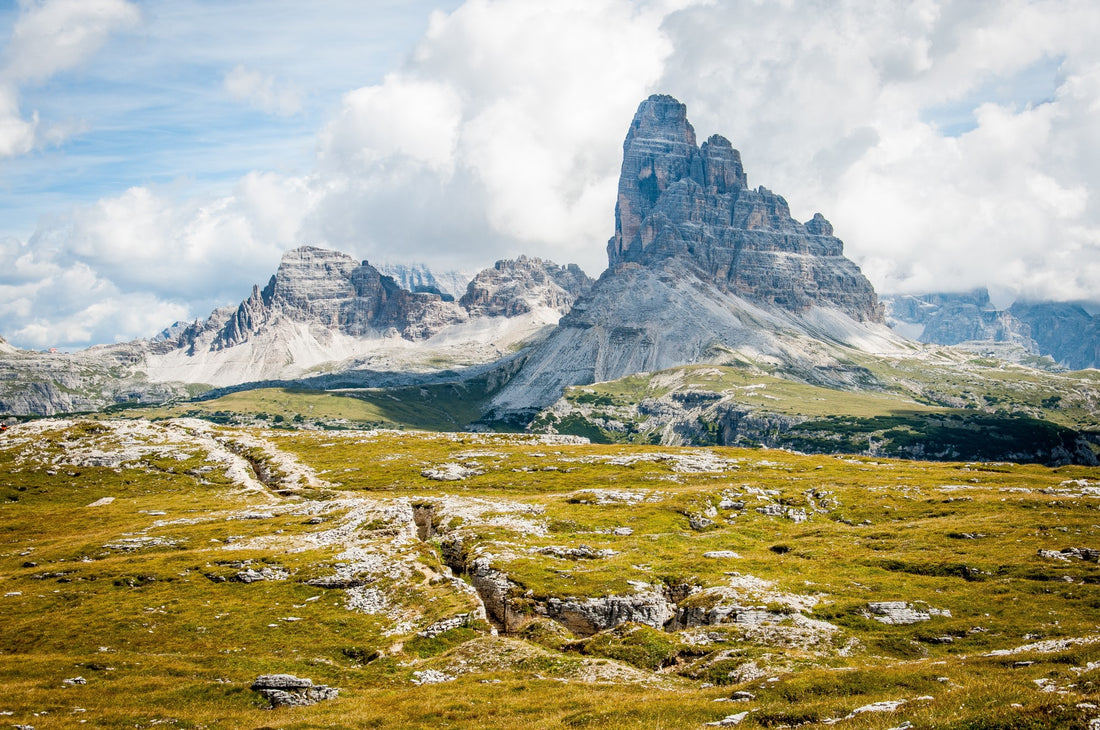
Basic Landscape Photography Composition Tips

Photo by 🧔 Michal Kmeť on Unsplash
It took me quite a few years as a beginner photographer to understand the importance of landscape photography composition tips.
I made a ton of mistakes as a beginning landscape photographer: I tried to cram too much into each photo, I relied too heavily on the “perfect” lighting, and I didn’t understand how to compose a landscape photo at all.
Then I decided to get serious about improving my compositions, and the following tips helped me achieve that goal.
Table of Contents
- Landscape Photography Composition Tips: Use Your Foreground to Your Advantage
- Landscape Photography Composition Tips: Composition and Light Work Together
- Landscape Photography Composition Tips: Don’t Be Afraid to Cut Elements Out
- Landscape Photography Composition Tips: Use Man Made Objects to Show the Scale of the Scene
- Landscape Photography Composition Tips: Showcase Motion
Landscape Photography Composition Tips: Use Your Foreground to Your Advantage
NatureTTLNatureTTL is one of my favorite landscape photography YouTubers because they focus on basic composition tips for landscapes that others ignore, like using your foreground to your advantage.
Foregrounds are present in every good landscape photograph, but sometimes they become a forgotten aspect of the shot. But, I’m of the belief that as a photographer you need to learn to pay attention to the white noise in your photographs.
Plus, focusing on the marginalized aspects of your landscape photography is one of many easy landscape photography composition tips because it teaches you to look where others aren’t.

Photo by Matteo Minelli on Unsplash
Take, for example, this photograph of a lake. It reminds me of summer camp as a child and the reason why it does this is the centralized aspect of the photo: the dock.
I spent endless summers kayaking from and jumping off docks with my friends. But, the dock is a relatively small part of this photo, so why are your eyes immediately drawn to it?
The foreground leads you there. Nearly half of the photo is taken up by the long grass in the foreground, but the vertical lines of the grass automatically lead your eyes deeper into the photo, straight to the dock.
I doubt this photo would feel so sentimental to me without the action of the foreground elements driving my eyes deeper into the shot.
Landscape Photography Composition Tips: Composition and Light Work Together
In the above video, Joshua Cripps Photography focuses on 4 elements that play into each landscape photograph, but I want to talk specifically about two of them: composition and light.
Look how the light spills across the landscape in the image below. Striking, isn’t it?
There are a couple of elements to the light that make it so eye-catching - its color and is direction.
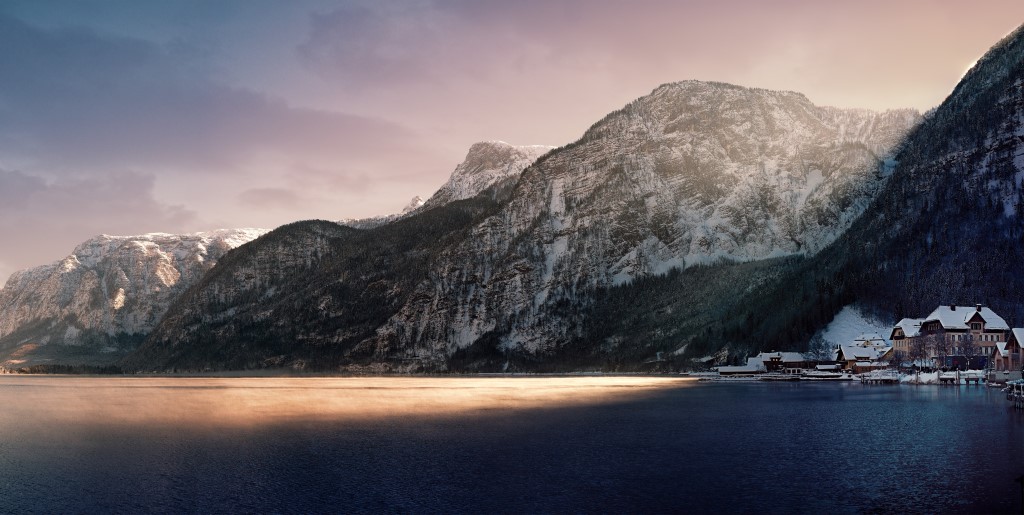
Photo by Simon Matzinger on Unsplash
Shooting during golden hour is one of the most recommended landscape photography tips there is, and for good reason.
Light near sunrise and sunset is soft, warm, and falls gently on the landscape to give it a warm glow.
Additionally, since the sun is so low in the sky, it creates opportunities to use sidelighting to highlight features like the mountain ridges in the image above while also allowing you to incorporate beautifully long, soft shadows into the shot.
The manner in which this image is composed helps accentuate that light, too. Shifting the horizon lower in the frame gives more area to show off that beautiful golden hour lighting.
LEARN MORE:
Landscape Photography Composition Tips: Don’t Be Afraid to Cut Elements Out

Photo by David Wirzba on Unsplash
Sometimes landscape photographs that are simple are the best.
Never be afraid to cut clutter out of your photographs. You don’t need an ultra-wide angle lens to cram every single detail into every single shot to get pleasing results.
Take the photo above as a great example.
The scene is quite pretty, but there is just too much clutter in the shot, namely the dead tree occupying the middle of the foreground. There is simply no reason to feature that tree when you have soaring, snow-covered peaks to serve as the focal point of the shot.
Had the photographer moved a few feet to the right, there would have been an unobstructed view of the mountains, and it might’ve been a much more powerful shot.

photo by Pilat666 via iStock
The image above is a better example of how a simpler composition can result in a better photo.
Notice that in this case there are no distracting elements in the middle of the frame or in the foreground.
Instead, our eyes are able to move freely from the foreground to the midground, where the trees closing in on either side of the shot direct our eyes further back to the mountains in the background.
Everything in your landscape photo should add to the artistic integrity of the piece, which is advice that doesn’t necessarily go beyond most basic composition tips for landscapes.
So, before you frame up your shots, think purposefully for a few moments about whether or not each element in the composition should be there.
Landscape Photography Composition Tips: Use Man Made Objects to Show the Scale of the Scene

Photo by Ales Krivec on Unsplash
Feel free to use people, or man made objects, in your landscape photography as often as you’d like.
There is no bad time to help the viewer understand just how grand the landscape is, especially when you’re photographing something extremely large like a mountain or lake.
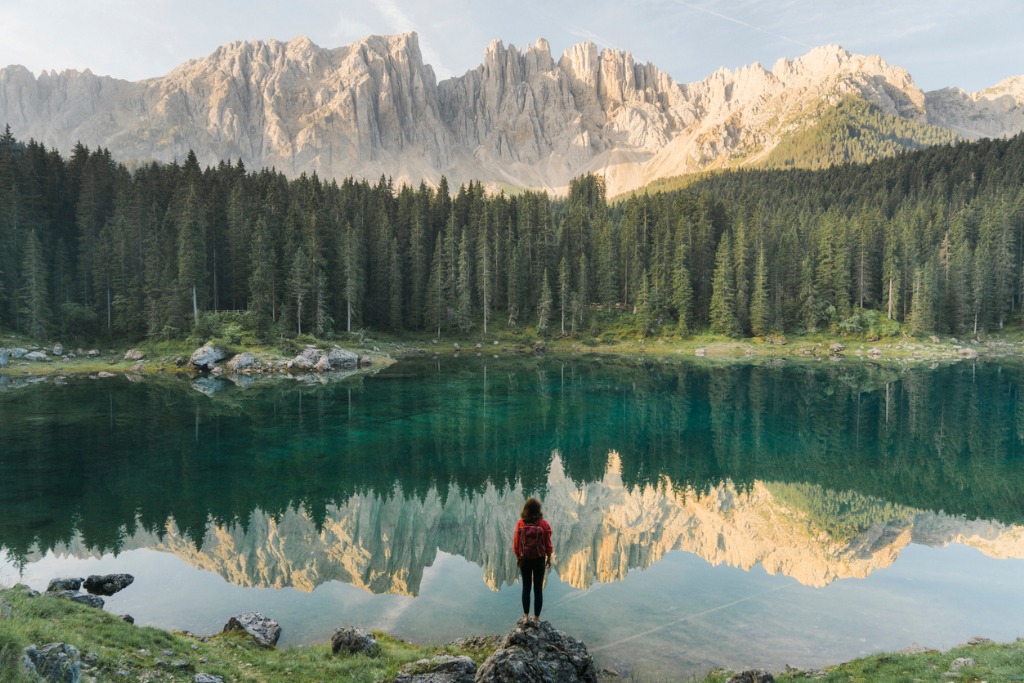
photo by Oleh_Slobodeniuk via iStock
All of the objects you use should be relatively simple for the viewer to understand, and it should be an object that the viewer knows is a certain size.
I understand that you’re usually working to keep people out of your photographs when you’re shooting landscape photography, but this compositional trick can result in much more captivating photos.
In the image above, for example, the presence of the woman in the foreground serves as a visual anchor for the shot while also informing us as to the size and scale of the scene before her.

photo by Mumemories via iStock
But adding human elements to landscape photos doesn’t mean those elements have to be large in the shot.
Take the image above as a prime example of this - the hiker is minute compared to their surroundings, yet our eyes are immediately drawn to him.
This is due to the fact that our eyes are naturally drawn to the human form - no matter how little space it might occupy in the shot. Additionally, the footprints in the snow serve as a leading line (another trick you can employ!) to draw our attention even further to the human figure.
The result is a shot with more visual interest and depth, just as you want!
Landscape Photography Composition Tips: Showcase Motion

Photo by Cosmic Timetraveler on Unsplash
Water is the easiest thing to show moving in your landscape photography, but it isn’t the only thing. Use flying birds, swaying grass or trees, and clouds to showcase the natural beauty of a scene.
You’ll definitely need a tripod in order to showcase motion in your landscape photography. You’ll also need an ND filter if you’re planning on photographing moving water.

Photo by Milada Vigerova on Unsplash
Additionally, you’ll need to outfit your camera with a good neutral density filter.
The operative word here is “good.”
Cheap neutral density filters aren’t neutral at all. Instead, they might have a color cast that turns your photo blue or brown.
Quality neutral density filters, like the Kenko Variable NDX shown below, offer the best of both worlds - you get the light-stopping power you need to extend the shutter speed to blur motion while avoiding those nasty color casts of cheaper ND filters.

Better still, this is a variable ND filter, so you get the functionality of multiple NDs in one easy-to-use filter.
Just mount it on your lens like you would a circular polarizer, and then to adjust the strength of the filter, simply turn the filter in its housing.
It doesn’t get any easier than that!

With a density range of 1.5-10 stops, you can very gently blur movement or you can induce dreamy, ethereal movement with mintues-long exposures, even in the daytime.
This filer is crafted of fine Japanese Asahi Optical Glass and has match polarization foils that create virtually no color shift.
The result? Clean, crisp, and beautiful landscape photos!
Get more details on the Kenko Variable NDX filter.
Originally posted on Photographytalk.com

